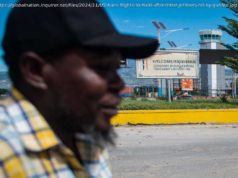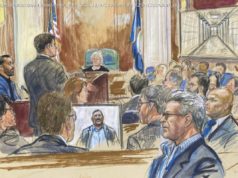Health agencies are looking for thousands of people to help beat the coronavirus — medical experience not required.
As U. S. unemployment soars to historic levels, the hottest job of the year could be a lifesaver: contact tracing. Containing the coronavirus as the economy gradually reopens has created an urgent need for hundreds of thousands of people trained to identify infected individuals and track down anyone and everyone they could have exposed to the virus.
In the absence of a federal plan, some city and state health departments are already seeking to fill thousands of these positions. Experts estimate that between 100,000 and 300,000 contact tracers — who can earn up to $65,000 per year — will be needed nationwide based on state populations and projected COVID-19 infection rates.
«I do think that it’s a fantastic job for people who have been furloughed, and it’s something that people can be trained to do,» said Roger Shapiro, a professor of medicine at the Harvard School of Public Health. «It takes some training, but it’s not impossible to train almost anybody with reasonable social skills, who can work off a script, begin a conversation with people, convey a few key messages and collect data,» he said.
Shapiro expects demand for contact tracers to jump as businesses start to reopen and Americans resume ordinary activities, which public health experts warn could cause virus infections to flare. «It’s wonderful to have a growth industry right now given the state of the economy,» he said.
Contact tracing is a tried-and-true approach to containing infections. It is commonly used to contain sexually transmitted infections and tuberculosis.
Contact tracers identify infected individuals based on test results, obtained by city and state health departments. Then they contact people — initially by phone, in most cases — who have tested positive for the coronavirus. Tracers will ask them to recall the names of everyone with whom they have recently come into contact. Finally, contact tracers will warn those people of their potential exposure, advise them to self-quarantine and provide them with access to resources they might need in order to follow protocol.
The containment method is most effective at disrupting transmission when an infected person’s contacts are immediately notified that they have been exposed. But getting test results quickly is paramount, said Christiana Coyle, a professor at NYU School of Global Public Health and formerly a contact tracer for the Centers for Disease Control and Prevention.






